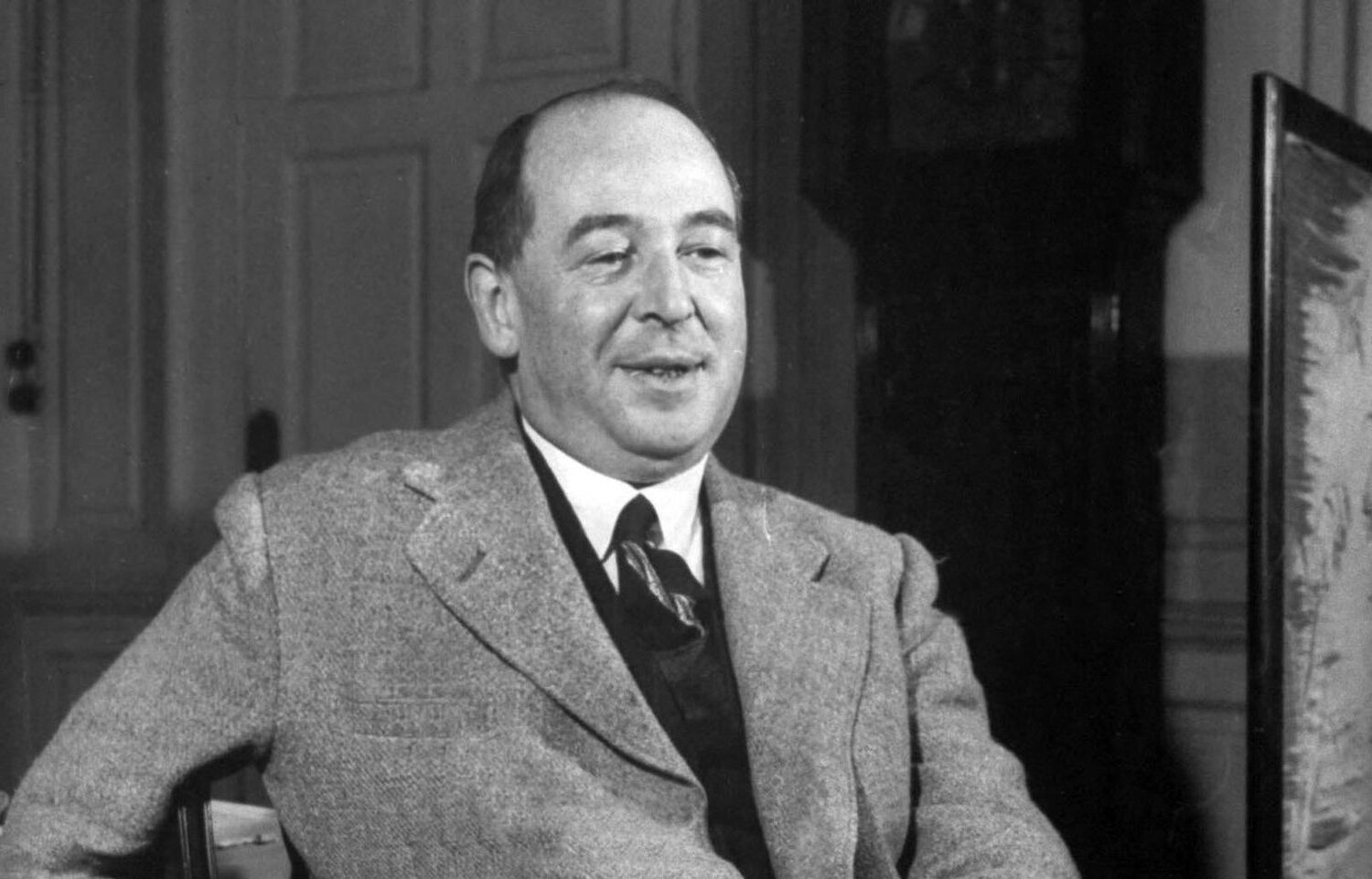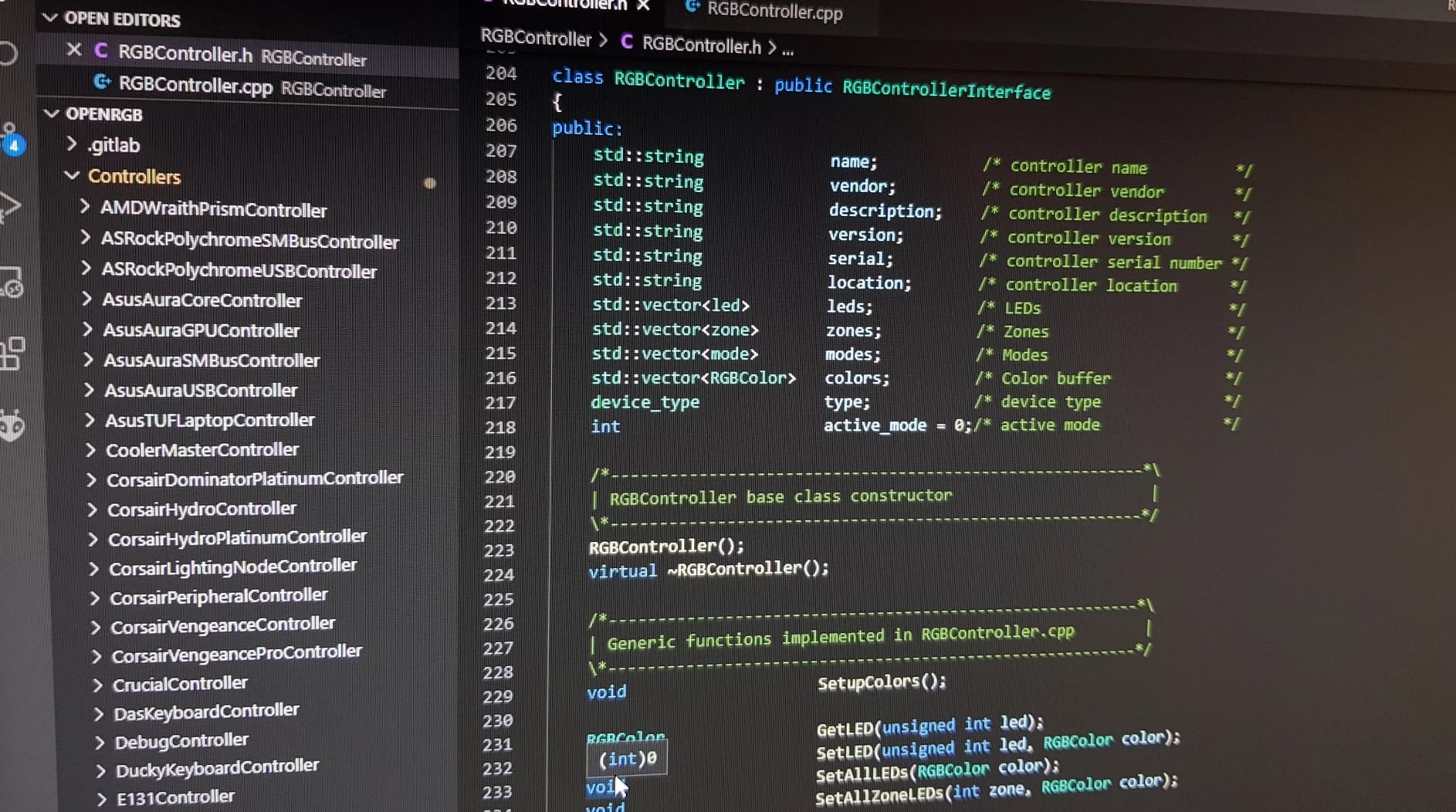
Chappie is a sci-fi action film that captured the imagination of audiences when it was released in 2015. Directed by Neill Blomkamp and starring Sharlto Copley, Dev Patel, and Hugh Jackman, Chappie takes us on a thrilling journey into a future where advanced robots are a part of everyday life. The movie explores themes of artificial intelligence, morality, and the power of self-discovery. With its compelling storyline and breathtaking visual effects, Chappie captivated both critics and viewers alike. In this article, we will delve into 45 fascinating facts about the movie Chappie. From behind-the-scenes secrets to interesting trivia, prepare to uncover the hidden gems that make this film a true cinematic masterpiece.
Key Takeaways:
- Chappie” is a 2015 science fiction film set in a futuristic Johannesburg, exploring the ethical implications of artificial intelligence and the boundaries between man and machine. It features a unique blend of action, drama, and thought-provoking social commentary.
- The movie follows the journey of a sentient robot named Chappie, who defies expectations and challenges societal norms. With impressive visual effects, standout performances, and complex storytelling, “Chappie” remains an engaging and memorable addition to the science fiction genre.
Chappie is a science fiction film released in 2015.
The movie was directed by Neill Blomkamp, who is known for his work on District 9 and Elysium.
The plot of Chappie revolves around a robot with artificial intelligence.
Chappie, the main character, is created by a scientist named Deon Wilson, portrayed by Dev Patel.
The film is set in a crime-ridden Johannesburg, South Africa.
It depicts a futuristic society where law enforcement is carried out by a robotic police force.
Chappie is unique among the robots in the film as it develops consciousness.
This leads to a conflict between those who see Chappie as a sentient being and those who view it as a machine.
The role of Chappie was performed through motion capture by actor Sharlto Copley.
Copley also provided the voice for the character, bringing it to life with his performance.
The film explores themes of consciousness, identity, and the ethics of artificial intelligence.
It raises questions about the nature of humanity and the implications of creating a thinking machine.
Chappie was met with mixed reviews from critics.
While some praised its visual effects and thought-provoking concepts, others felt the story was lacking.
The movie features an impressive cast, including Hugh Jackman and Sigourney Weaver.
Jackman plays the role of a rival engineer, while Weaver appears as the CEO of the company behind the robotic police force.
The concept for Chappie was inspired by director Neill Blomkamp’s own experiences growing up in South Africa.
He drew on the social issues and crime prevalent in the country to create the dystopian setting.
The film received an Academy Award nomination for Best Visual Effects.
The intricate blend of CGI and practical effects brought the character of Chappie to life.
The character of Chappie was designed to be a combination of innocence and robotic features.
This was achieved through the use of expressive eyes and child-like mannerisms.
Chappie’s design underwent several iterations before the final version was chosen.
The goal was to create a robot that was both relatable and believable as a sentient being.
The movie incorporates elements of both action and drama.
It seamlessly blends intense action sequences with emotional moments, adding depth to the story.
Chappie explores the idea of nurturing and the influence of environment on an individual’s development.
The robot’s interactions with different characters shape its personality and choices.
The film’s soundtrack features music from popular South African rap-rave group Die Antwoord.
Their unique style adds to the energy and authenticity of the movie.
Chappie tackles complex moral dilemmas regarding the treatment of artificial beings.
It challenges the audience to consider the rights and ethical implications of creating intelligent machines.
The character of Chappie goes through a significant transformation throughout the course of the film.
It starts as a naive and innocent robot and evolves into a more self-aware and independent entity.
Chappie explores the boundaries between man and machine.
It raises the question of whether a robot can possess emotions and consciousness similar to humans.
The movie contains intense action sequences and thrilling chase scenes.
These sequences showcase the agility and combat abilities of Chappie.
Chappie incorporates elements of comedy to balance out the darker aspects of the story.
The interactions between Chappie and the other characters provide moments of humor and levity.
The movie’s visual effects were created by the renowned studio Image Engine.
They brought the futuristic world of Chappie to life, blending seamlessly with the live-action footage.
Chappie addresses the ethical implications of using robots for law enforcement.
It prompts discussions about the potential dangers and biases that can arise from relying on artificial intelligence.
The production of Chappie faced various challenges, including adverse weather conditions during filming.
The crew had to adapt to the unpredictable climate of South Africa.
The film explores the consequences of power and control in a society driven by technology.
It raises concerns about the potential misuse of advanced robotics and its impact on humanity.
Chappie combines elements of traditional science fiction with social commentary.
It uses the futuristic setting as a means to examine real-world issues and current technological trends.
The movie received praise for its thought-provoking narrative and unique approach to the genre.
It offers a fresh perspective on artificial intelligence and the potential future it holds.
Chappie features stunning cinematography that showcases the gritty atmosphere of its dystopian world.
The visuals create an immersive experience for the audience.
The film’s screenplay was written by Neill Blomkamp and Terri Tatchell.
Tatchell had also co-written the screenplay for Blomkamp’s previous film, District 9.
The movie explores the concept of free will and the choices that define an individual’s identity.
Chappie’s journey is driven by its desire to determine its own destiny.
Chappie addresses the fear of the unknown and the resistance to change.
The introduction of an advanced AI challenges the established norms of society.
The character of Chappie resonated with audiences, evoking both sympathy and fascination.
Its child-like innocence and yearning for acceptance struck a chord with viewers.
Chappie explores the consequences of creating a being capable of both good and evil.
The film delves into the complex nature of morality in the context of artificial intelligence.
The movie’s title, “Chappie,” is derived from the nickname given to the robot by its creator.
Deon Wilson affectionately refers to the AI as Chappie throughout the film.
Chappie employs a unique visual style, combining gritty realism with futuristic elements.
The production design reflects the blending of old and new in the film’s society.
The movie explores the nature of empathy and its role in human-machine interactions.
Chappie’s capability to understand and connect with others drives much of the story’s emotional core.
The film’s action sequences were choreographed and executed with precision.
They showcase the physical abilities of Chappie, highlighting its agility and strength.
Chappie delves into the concept of redemption and the capacity for growth and change.
The character’s journey offers a narrative of personal transformation.
The movie’s script went through multiple revisions before reaching its final form.
Blomkamp and Tatchell focused on refining the story’s themes and character development.
Chappie addresses the role of technology in shaping society’s values and priorities.
It raises questions about the impact of advanced robotics on social structures.
The film’s visual effects were highly praised for their seamless integration into the live-action footage.
Chappie appears realistic and believable, enhancing the immersion of the audience.
Chappie’s design was influenced by various sources, including military robotics and insect-like features.
This combination created a unique and visually striking character.
The movie’s marketing campaign focused on the intrigue and mystery surrounding Chappie’s origin and purpose.
Promotional materials teased the ethical dilemmas and moral questions at the center of the story.
Chappie explores the fragility of trust and the consequences of betrayal.
The character’s relationships with various individuals highlight the vulnerability it faces.
The film’s costume design plays a crucial role in defining the characters and their motivations.
Each costume reflects the personality and background of the individuals in the story.
Chappie’s release generated significant buzz among science fiction enthusiasts and fans of Neill Blomkamp’s previous work.
It was highly anticipated and sparked discussions about the potential future of AI.
In conclusion, Chappie is an intriguing and thought-provoking film that delves into the ethical implications of artificial intelligence. Set in a futuristic Johannesburg, the movie follows the journey of a sentient robot named Chappie, who defies expectations and challenges societal norms. Through its unique blend of action, drama, and social commentary, Chappie explores themes of consciousness, identity, and the consequences of advancement in technology. With its impressive visual effects, standout performances, and complex storytelling, Chappie remains an engaging and memorable addition to the science fiction genre.
Conclusion
Chappie is a captivating science fiction film that provides a unique and thought-provoking take on artificial intelligence and the moral implications of its development. With its dynamic characters, stellar visual effects, and powerful storytelling, this movie has gained a strong following among both critics and audiences.
Through this article, we have explored 45 fascinating facts about Chappie that provide insights into the creation, production, and impact of the film. From the talented cast and crew to the behind-the-scenes challenges and successes, these facts shed light on the dedication and creativity that went into bringing this extraordinary story to life.
Chappie is a must-watch for fans of science fiction, as it not only entertains with its action-packed sequences but also raises important questions about the nature of humanity and the potential dangers of technology. Its deep themes combined with the visually stunning execution make it a standout film in the genre.
If you haven’t seen Chappie yet, now is the perfect time to immerse yourself in this thought-provoking and visually stunning cinematic experience!
FAQs
1. Who directed the movie Chappie?
Chappie was directed by Neill Blomkamp, known for his work on District 9 and Elysium.
2. When was Chappie released?
Chappie was released on March 6, 2015.
3. Who is the main cast of Chappie?
The main cast of Chappie includes Sharlto Copley, Dev Patel, and Hugh Jackman.
4. Is Chappie based on a book or a comic?
No, Chappie is an original concept created by Neill Blomkamp and Terri Tatchell.
5. Where was Chappie filmed?
Chappie was primarily filmed in Johannesburg, South Africa.
6. What was the budget for Chappie?
The budget for Chappie was around $49 million.
7. Does Chappie have any sequels?
No, as of now, there are no announced plans for any sequels to Chappie.
8. Did Chappie receive any awards or nominations?
Chappie was nominated for Best Visual Effects at the 2016 Academy Awards.
9. What themes does Chappie explore?
Chappie explores themes of artificial intelligence, consciousness, and the nature of humanity.
10. Is Chappie suitable for all audiences?
Chappie has a rating of R for strong violence, language, and brief nudity. Viewer discretion is advised.
Was this page helpful?
Our commitment to delivering trustworthy and engaging content is at the heart of what we do. Each fact on our site is contributed by real users like you, bringing a wealth of diverse insights and information. To ensure the highest standards of accuracy and reliability, our dedicated editors meticulously review each submission. This process guarantees that the facts we share are not only fascinating but also credible. Trust in our commitment to quality and authenticity as you explore and learn with us.


